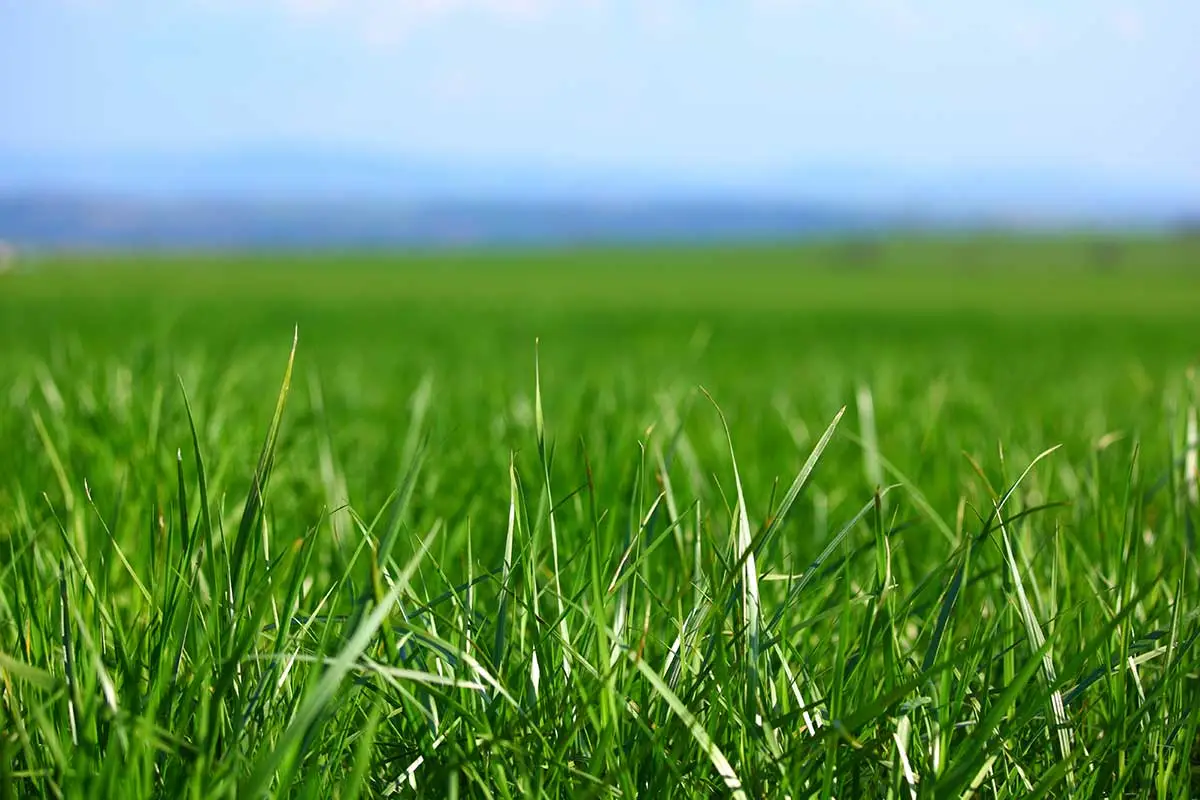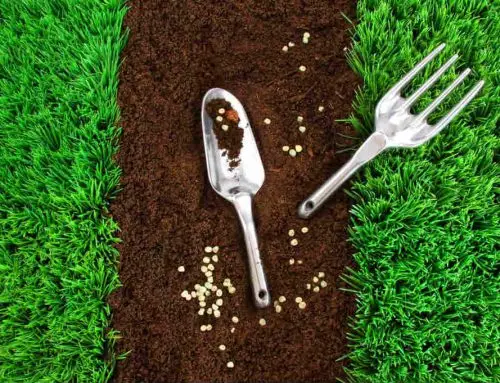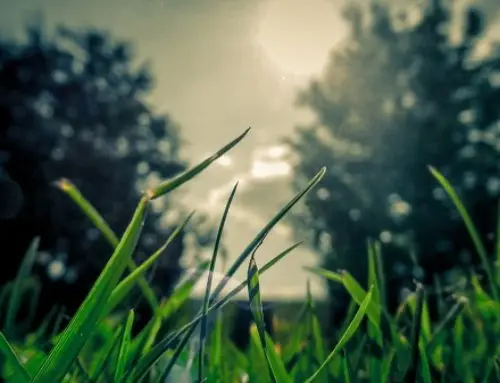Now that summer has arrived; every Hamilton homeowner wants a carpet of healthy green for their lawn. Getting lush green grass is a labor of love that takes some time to achieve, but it’s worth the effort. There are some fundamentals you should follow if you want to be the envy of your neighbourhood and attain the best results. Understanding how to proceed is essential in producing a thick, healthy green lawn.
Here are some guidelines to keep your grass green this year.
Test Your Soil
The first thing you want to do is test your soil to find out if your lawn has any deficiencies that may prevent you from achieving healthy green grass. Testing your soil will help you determine if your soil is lacking essential nutrients, like nitrogen and phosphorus. When you find out what your lawn’s pH levels are, you can add specific products that will help boost your soil.
Choose a Grass That Works Best in Your Yard
Not all properties are the same, and that applies to your grass type as well. There are many different types of grass, and each type grows best under different conditions. You want to set yourself up for success, so understanding your property’s requirements is the first step to achieving a positive outcome.
While some grass grows in colder temperatures, others require more sunshine; therefore, you need to determine which varieties of sod or seed are best suited for your location. Walk your property carefully and look at the area during the morning, afternoon and early evening hours to decide what areas receive sun, shade or part-sun. This will help you to decide what to buy for grass varieties.
Fertilizer
Your soil test will let you know if specific nutrient levels are low, medium, optimum, or high. You can take your soil test results to a gardening centre and ask the staff to recommend a fertilizer with a nutrient ratio that fits your needs.
You’ll want to get a slow-release fertilizer that suits your soil’s requirements and fertilizes your lawn in the late spring and fall. A slow-release fertilizer will allow your lawn to absorb the nutrients over a more extended period. Fall fertilizing is especially important because, during the fall, grass soaks up nutrients to store for the winter.
Water Thoroughly
Watering your lawn properly is paramount, but don’t overwater. Many Hamilton homeowners water lightly every day or second day, but this is not the best method. This method encourages the roots to stay close to the soil, which makes your lawn more vulnerable to heat and drought. To combat this potential problem, you should water deeply only a few times per week. This system encourages deep root growth. It is best to water in the early morning which will help avoid prolonged moisture overnight that can cause disease.
Height to Mow
Avoid mowing your grass too short, which creates more work and maintenance in the long run. Proper mowing is one of the essential practices in keeping your lawn healthy. Most landscape companies pay close attention to mowing at the correct height and never remove more than one-third of the total leaf surface with each cutting.
Also remember that dull mower blades often cause brown, rough grass, so keep them nice and sharp. Since clippings provide nutrients and help retain moisture, leave them in the yard after mowing your lawn.
Aerate Your Lawn
Lastly, aerate your lawn before fertilizing it. Aerating allows water, nutrients and air to penetrate deeper into the soil and access the roots. This process also creates better drainage which reduces runoff and lost moisture. The best time to aerate your lawn is in spring and fall before you fertilize.
Your Lawn
Getting a healthy, green lawn takes a bit of work and understanding of your property, but with a bit of research and a process, you can have a beautiful, lush green lawn during the summer season.





